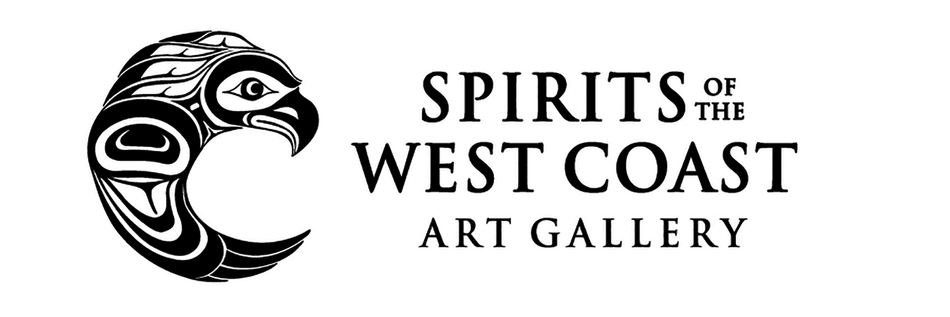
By Lindsay Salt, Postmedia News.
It takes determination to reach Haida Gwaii.
From Vancouver, we travelled by car and ferry. It was barely light when we left Port Hardy. The ship’s foghorn sounded. There were strong swells. As the ferry proceeded up the Inside Passage to Prince Rupert, the waters calmed. We passed a few small communities as well as a number of lighthouses. At times porpoises and humpback whales entertained us. On either side heavily forested slopes rose steeply from the water.
We overnighted in Prince Rupert. Early the next morning, we boarded another ferry and traversed the unpredictable waters of Hecate Strait to Skidegate on Graham Island. Leaving the dock, we headed north to the small settlement of Tlell. A symbol of Haida spirituality, our first stop was at Balance Rock, a huge glacial erratic perched precariously at the ocean’s edge. We halted again at St. Mary’s Spring marked by a small wooden carving. A legend exists that all who drink the water will return to Haida Gwaii.
The next morning we awoke to a torrential downpour. No surprise! We were in the Great Bear Rainforest. Today we would visit the ancient Haida village of Skedans on Louise Island, the third largest in the archipelago. We joined our guide, Bryan, and fellow travellers at Alliford Bay on Moresby Island.
We loaded into a Hurricane zodiac and off we zoomed into the cloud and rain. The sky was grey. The water was grey. White spume gushed from the boat’s wake. To avoid the worst of the driving rain, we sat astride our seats facing backwards.
Disembarking from the zodiac at Skedans was not an elegant process. Much like a beached whale, we each dropped down into the water over the boat’s prow. A few rays of sunshine accompanied us on our walking tour.
In the 1880s Skedans comprised 27 homes, each marked by a totem pole telling a story about its inhabitants. Our guide explained the significance of the crests and sub-crests including the homeowner’s clan (either Eagle or Raven). Bryan also pointed out several mortuary totems, each supporting a cedar burial box containing the remains of an important individual. These will eventually rot and only then will the person’s spirit be freed.
Continue reading here: http://news.nationalpost.com/life/travel/discovering-haida-gwaii-the-ancestral-lands-remain-a-sacred-and-welcoming-place-of-beauty




